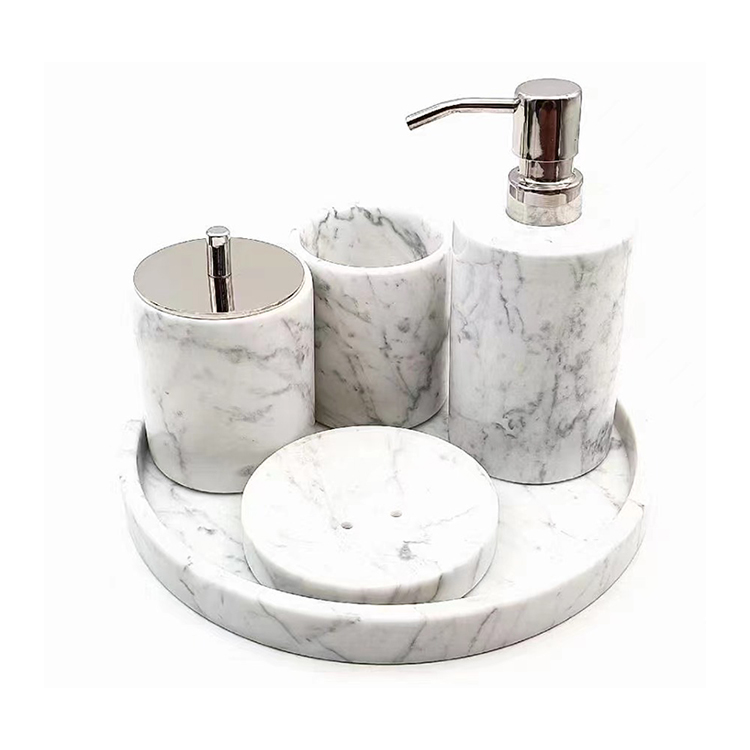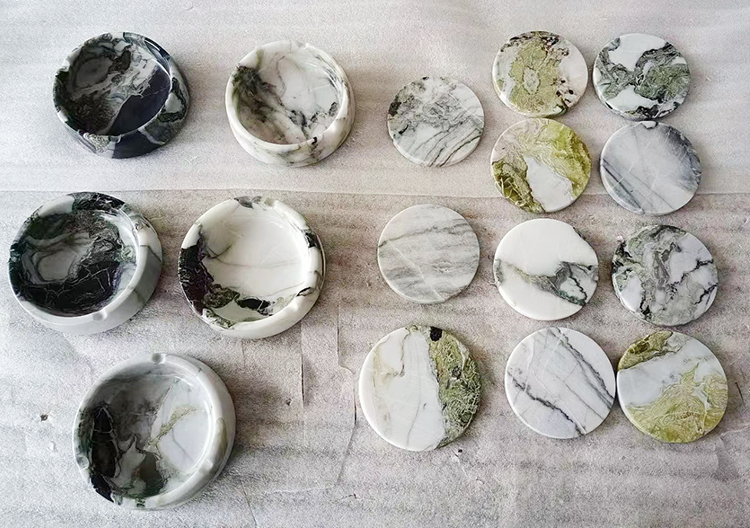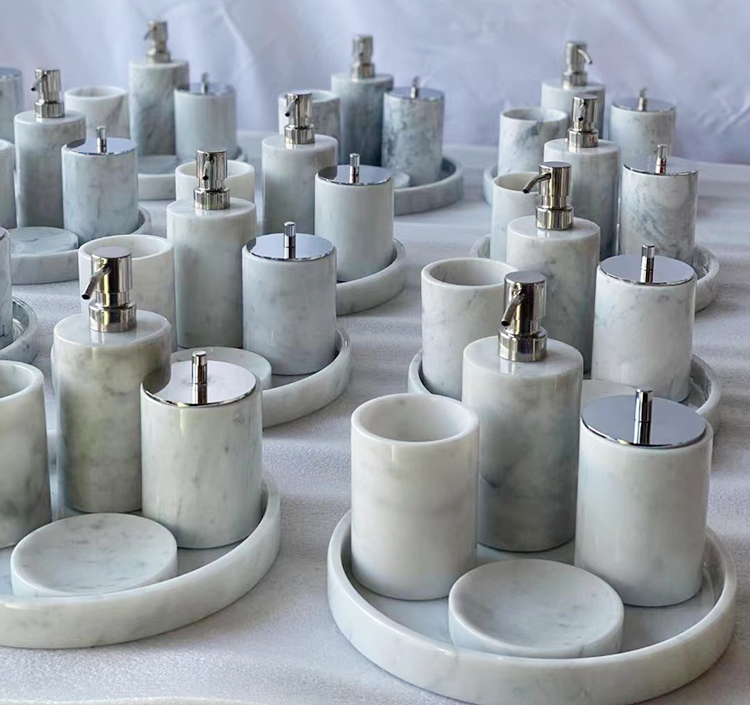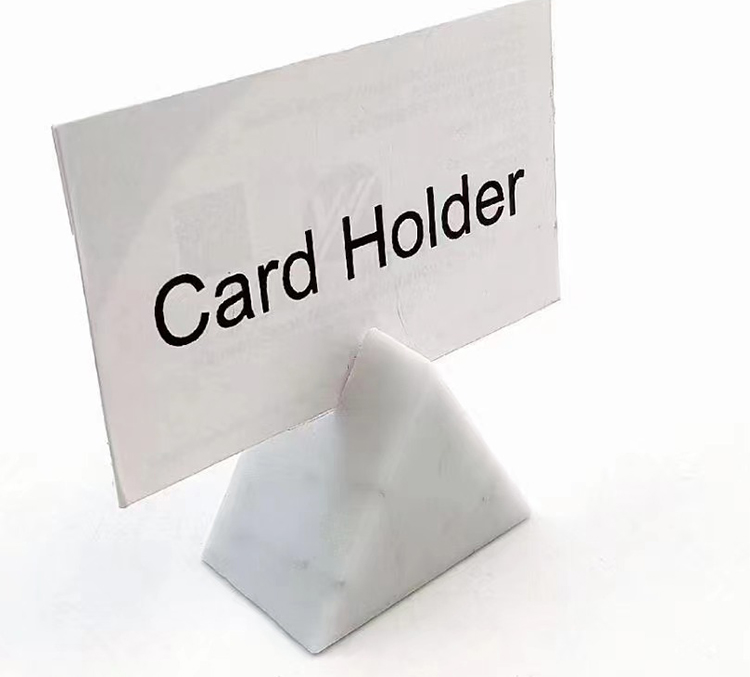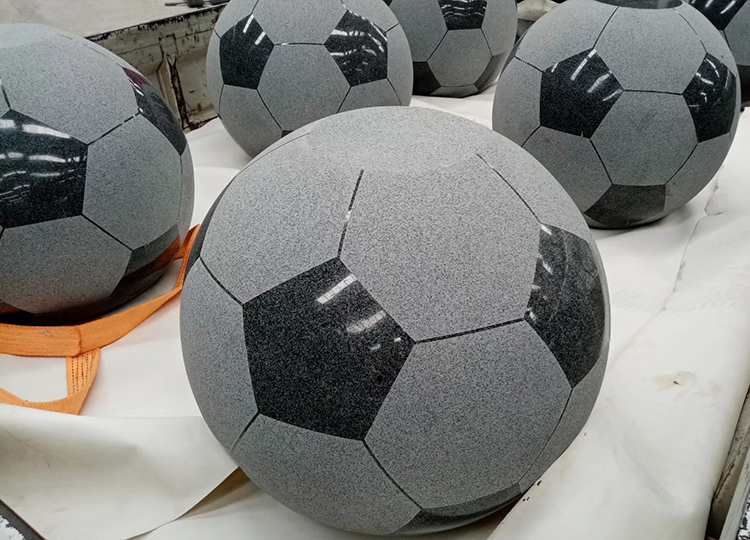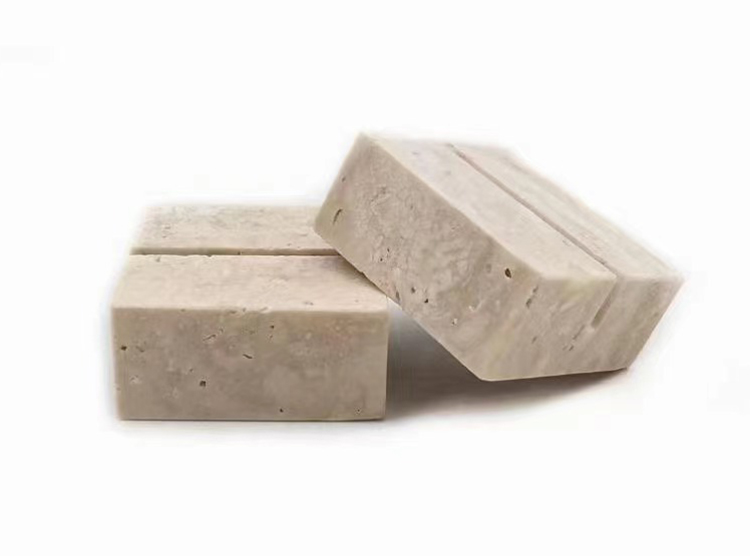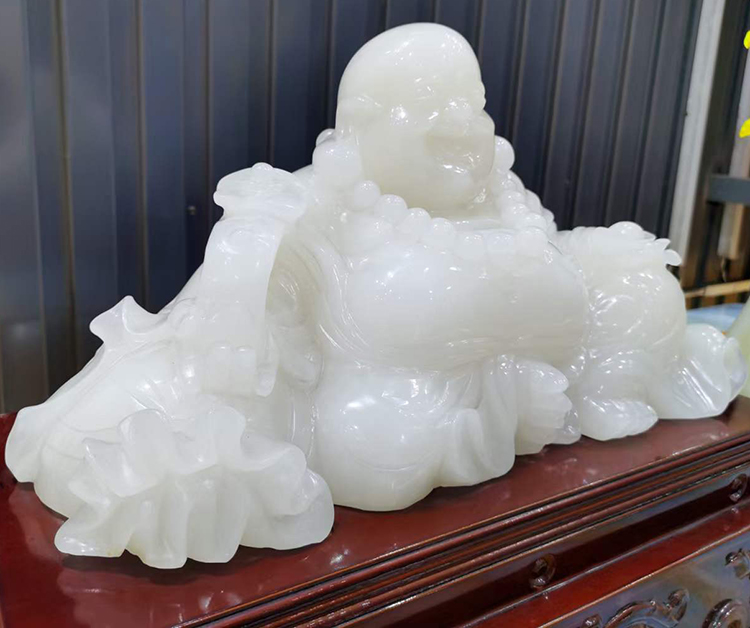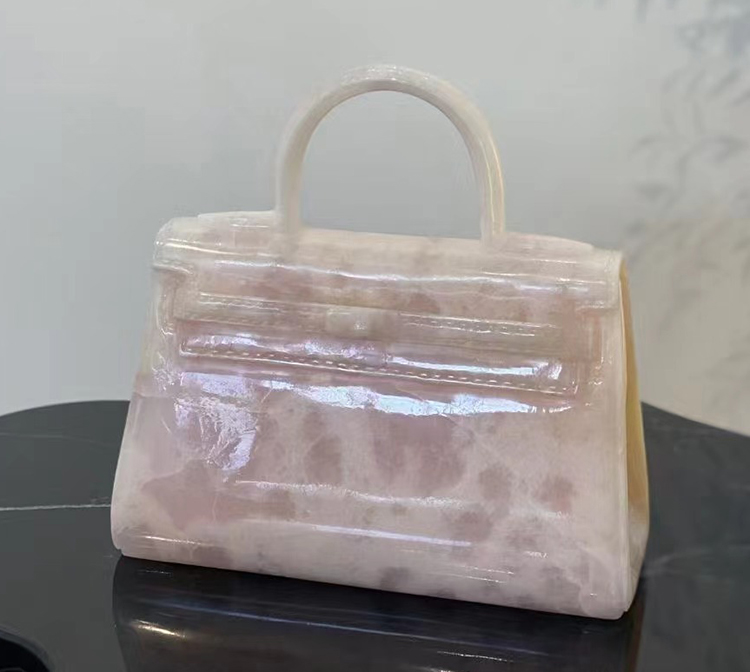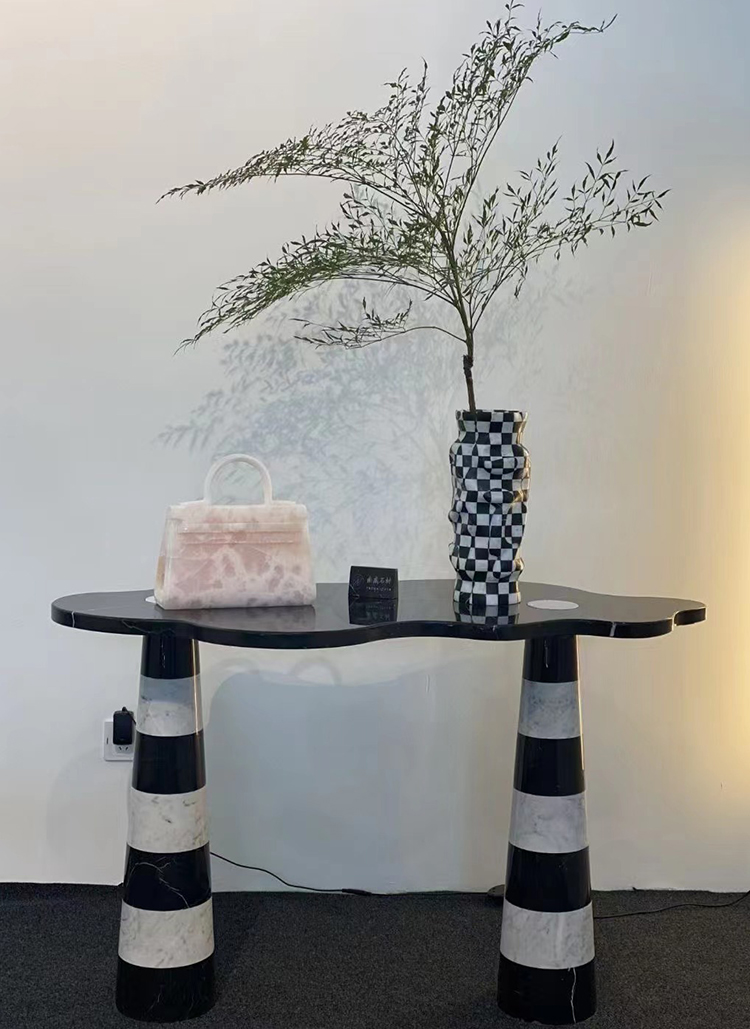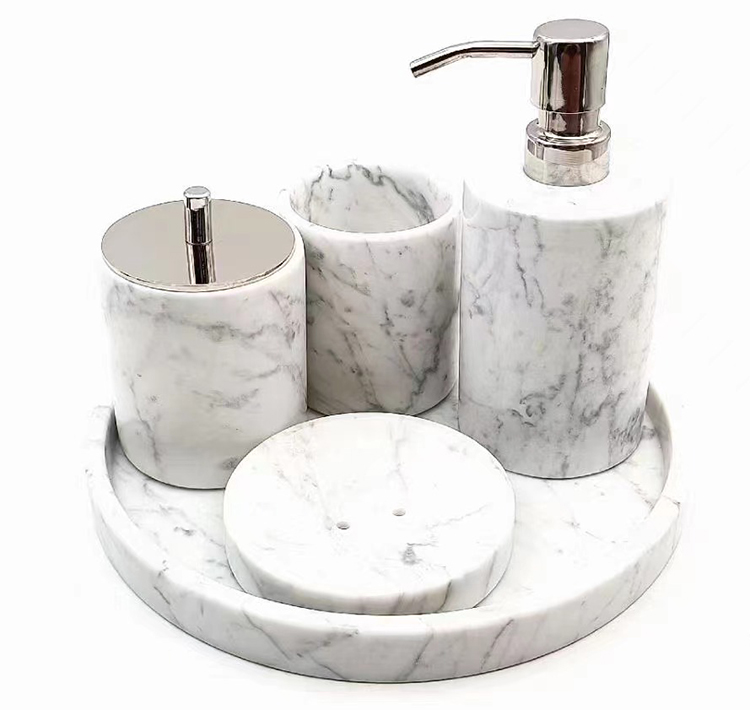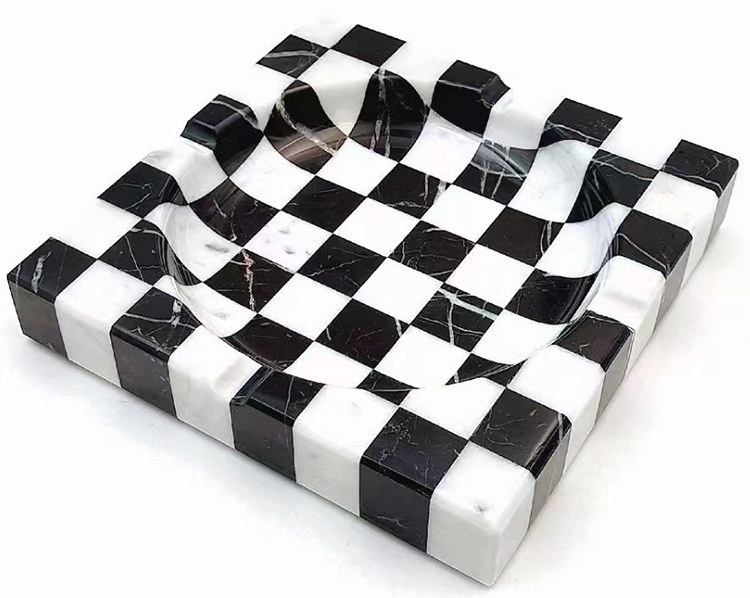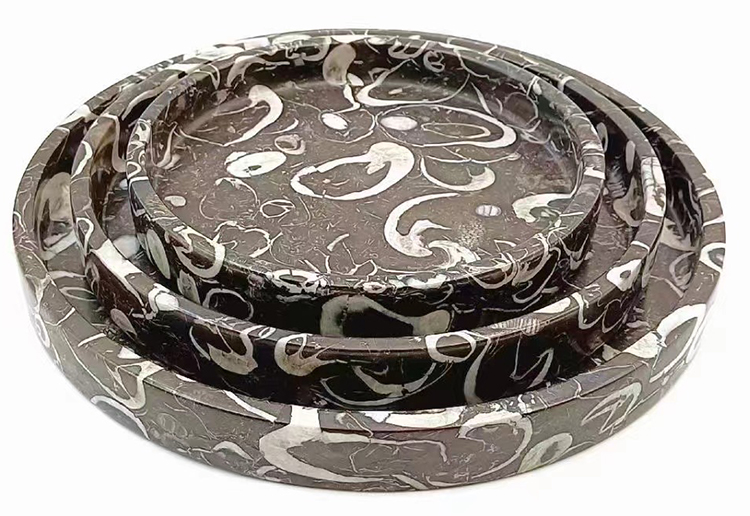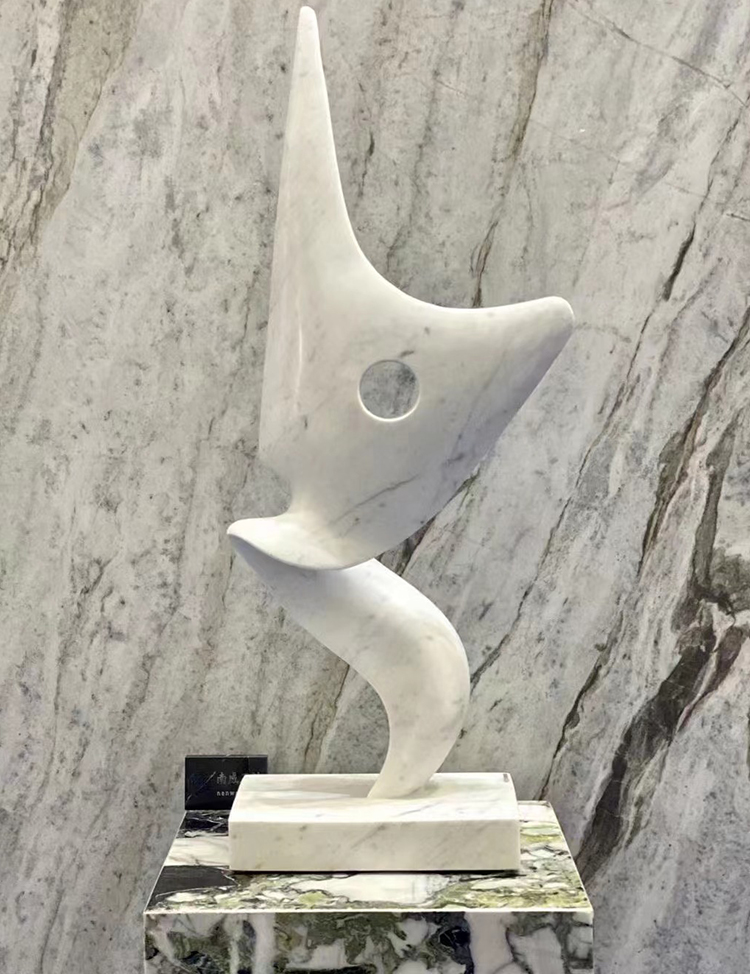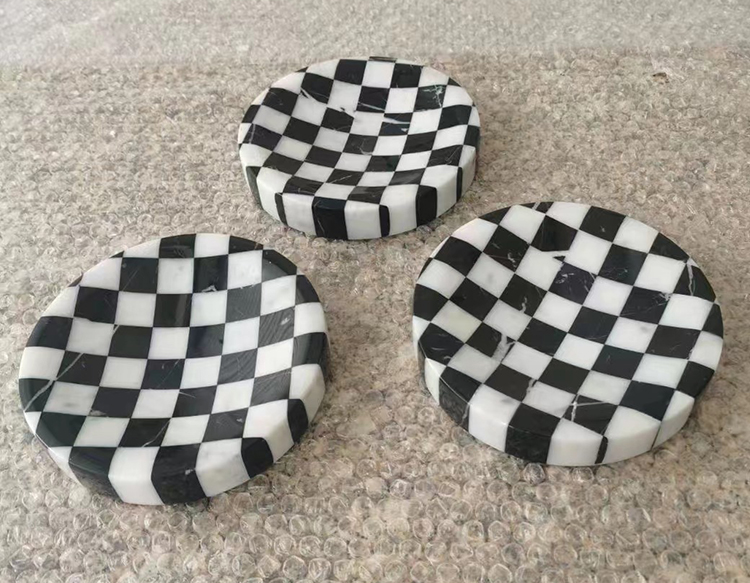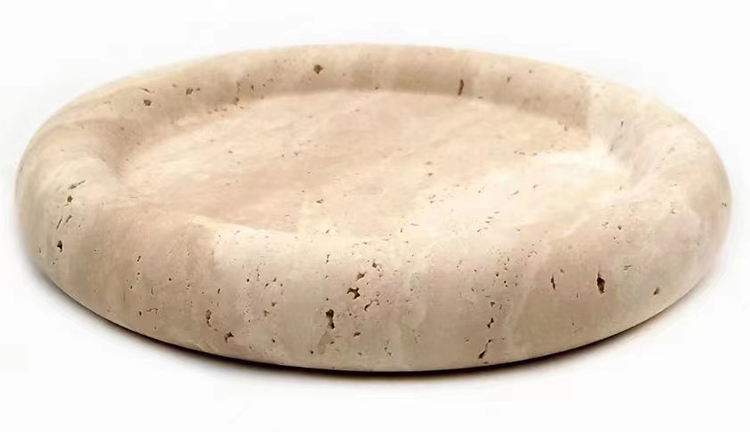How to carve a marble crafts?
Marble carving crafts are usually produced through the following steps: design, model making, carving and polishing.
First, artists or designers will draw design drawings according to customer needs or personal creative ideas. They then create a sculpted model for reference and guidance on the marble.
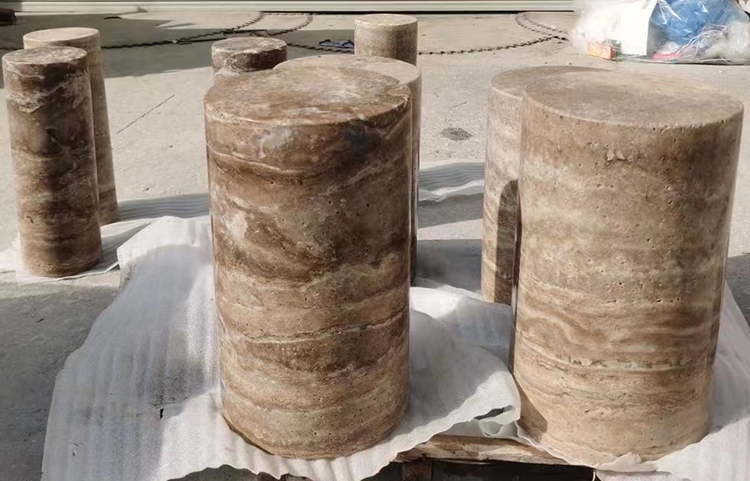
Next, the carver uses tools such as hammers, chisels, and files to carve the marble according to the model. They will carefully carve out details and textures to ensure the quality and beauty of the craft.
After carving, crafts are often polished to enhance luster and texture. The polishing process can be carried out by using sandpaper, abrasive tools or chemicals.
Finally, marble carving crafts can be polished and protected to enhance their appearance and durability. These handicrafts can be used for indoor or outdoor decoration, with ornamental value and collection value.
Which materials can be used for stone craft carving?
Marble: Marble is a beautiful stone with rich texture and color variations, ideal for carving fine details and curves.
Granite: Granite is a hard and durable stone suitable for carving intricate and three-dimensional designs, often used in sculpture and monuments.
Sandstone: With its rough surface and malleability, sandstone is ideal for carving rough or natural forms into designs, often used in public art or garden landscaping.
Travertine: Travertine is a stone with natural cavities or depressions that have a unique appearance and texture, making them ideal for craft carving.
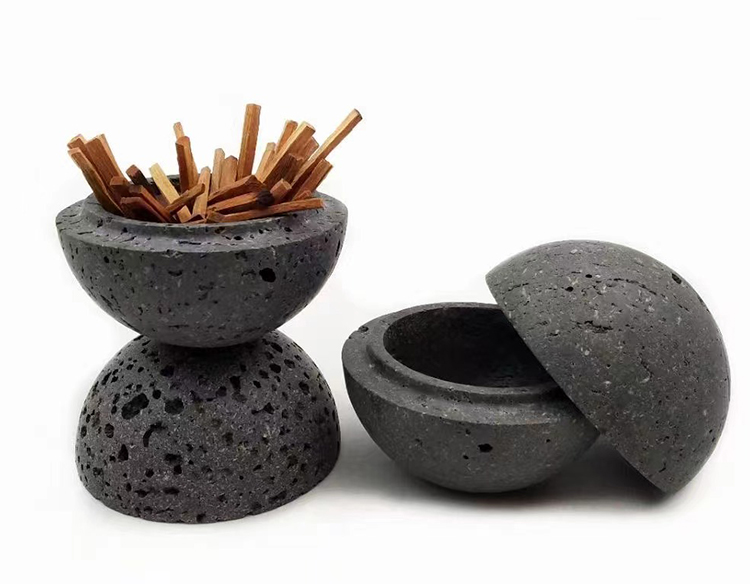
Onyx marble: Onyx is a hard and stable mineral suitable for traditional carving techniques. The texture of jade is dense, with delicate texture and color, and can be carved into various exquisite shapes and patterns
In addition, there are other stones such as quartz, limestone, etc. that can also be used for carving. The choice of stone should be determined according to the design of the carving, the required hardness and the availability of materials.
How to identify the quality of marble crafts?
The quality of marble handicrafts can be evaluated by the following factors:
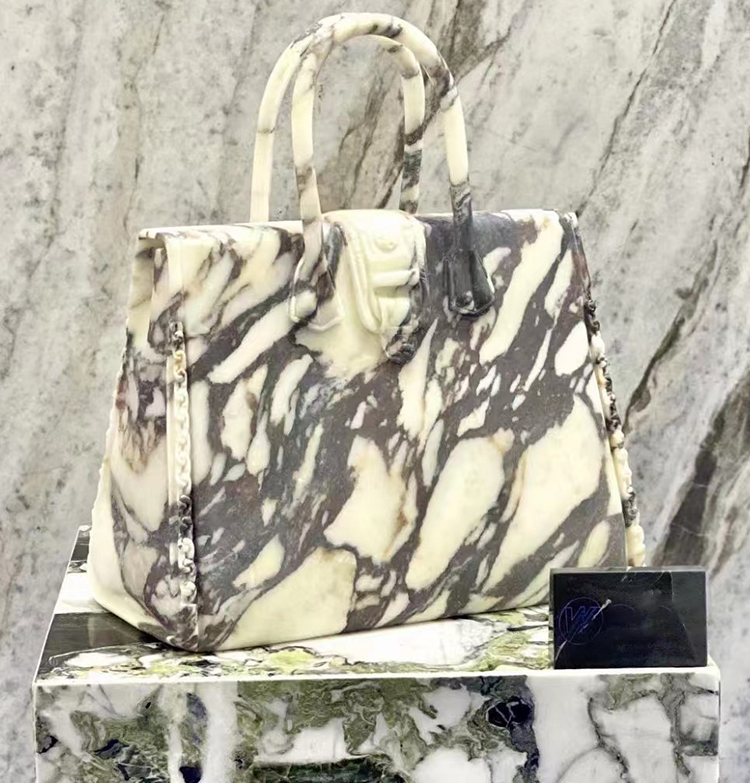
Marble Quality: The texture and texture of marble is an important factor in determining the quality of handicrafts. High-quality marble materials are generally uniform in grain, highly compressive and durable.
Carving process: The skill and experience of the craftsman play an important role in the quality of the handicraft. Meticulous carving and precise processing can reveal the details and textures of the handicraft, making it more exquisite and real.
Design and creativity: Unique design and innovative ideas are the value of handicrafts. An excellent marble handicraft should have elegant shapes, exquisite details and artistic sense.
Manual and mechanical: The production of handicrafts can use traditional hand-carving techniques or modern mechanical processing techniques. Handmade crafts are often more artistic and unique, while machine-made crafts are easier to maintain consistent quality and production efficiency.
Integrity and Freedom from Blemishes: A good quality marble work should be free from cracks, pores or other obvious blemishes. Surfaces should be flat, smooth, and free from obvious blemishes or imperfections.
-
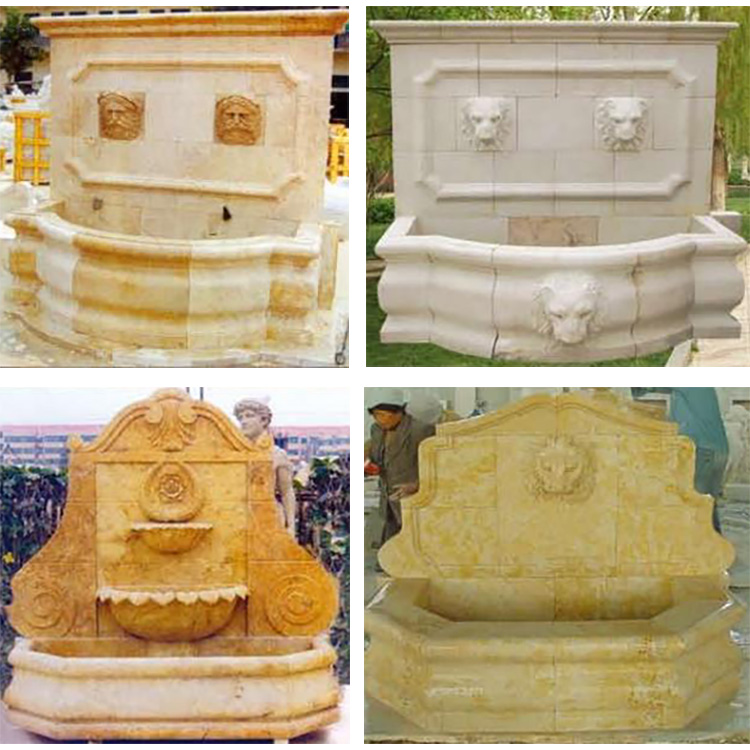
Unusual outdoor stone waterfall design tall wal...
-
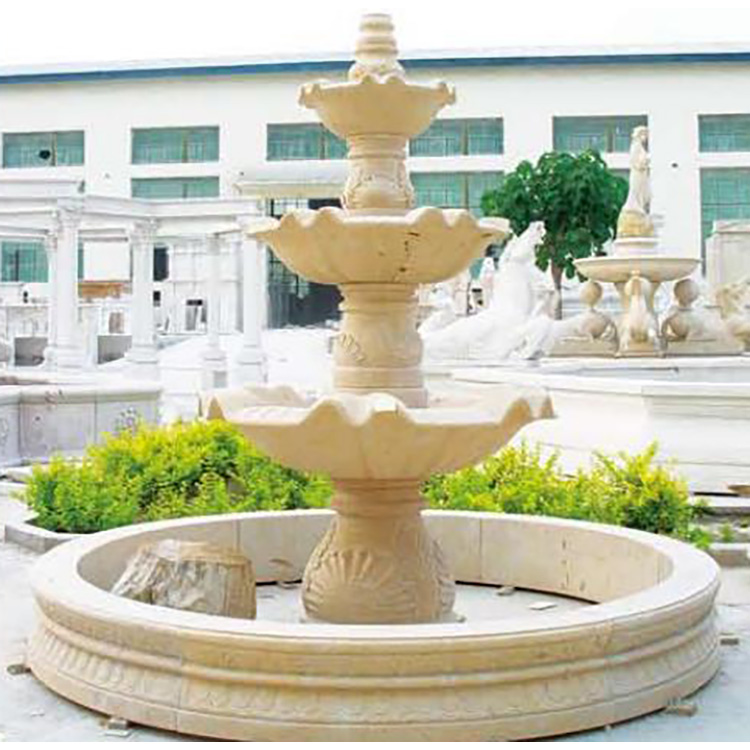
Home decor statue marble round waterfall water ...
-
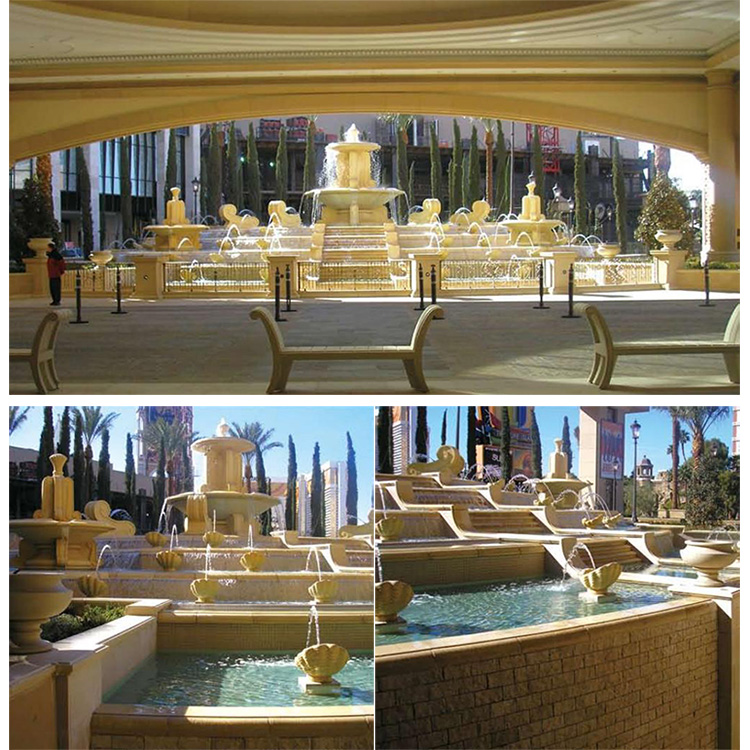
Contemporary landscape large outdoor garden wat...
-
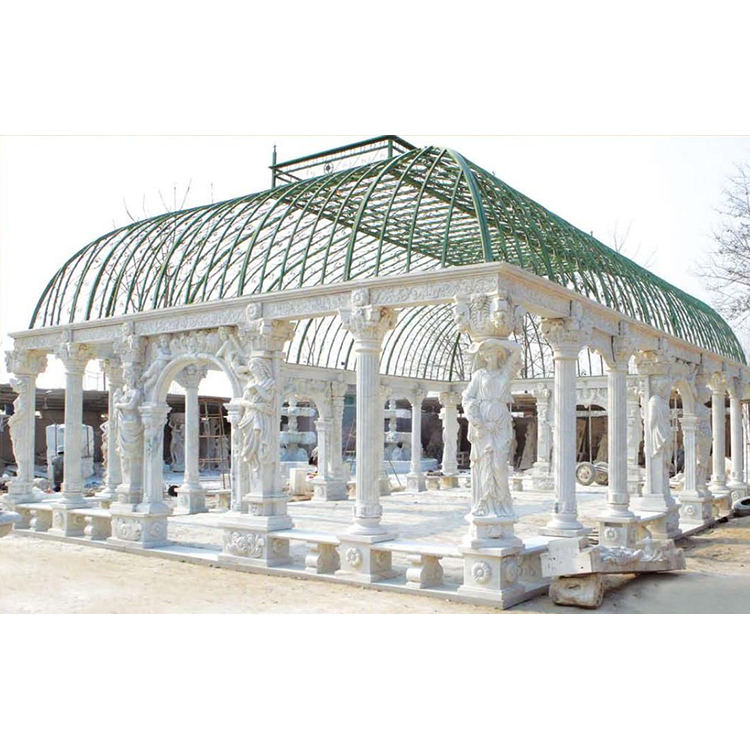
Architecture natural marble stone pavilion for ...
-
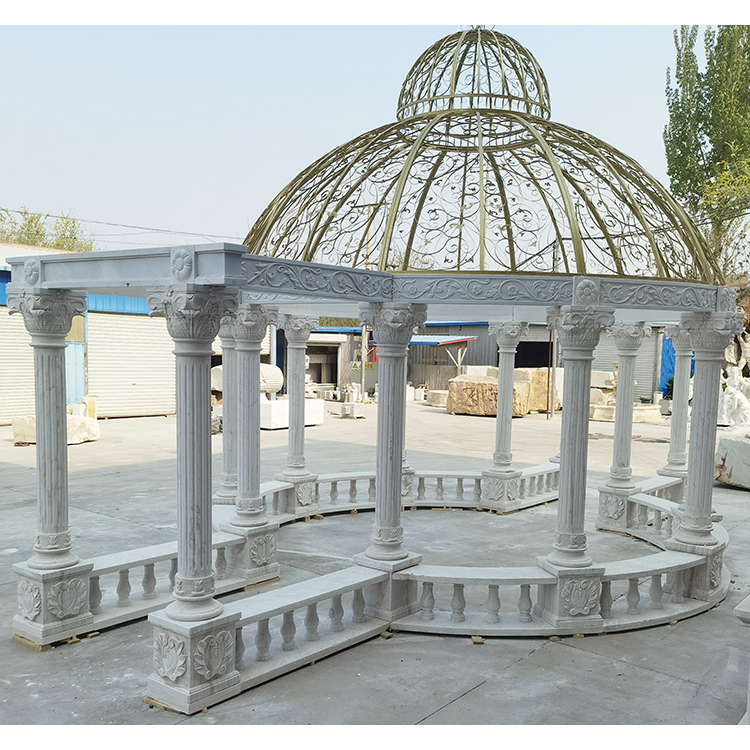
Outdoor metal roof marble stone sculpture garde...
-
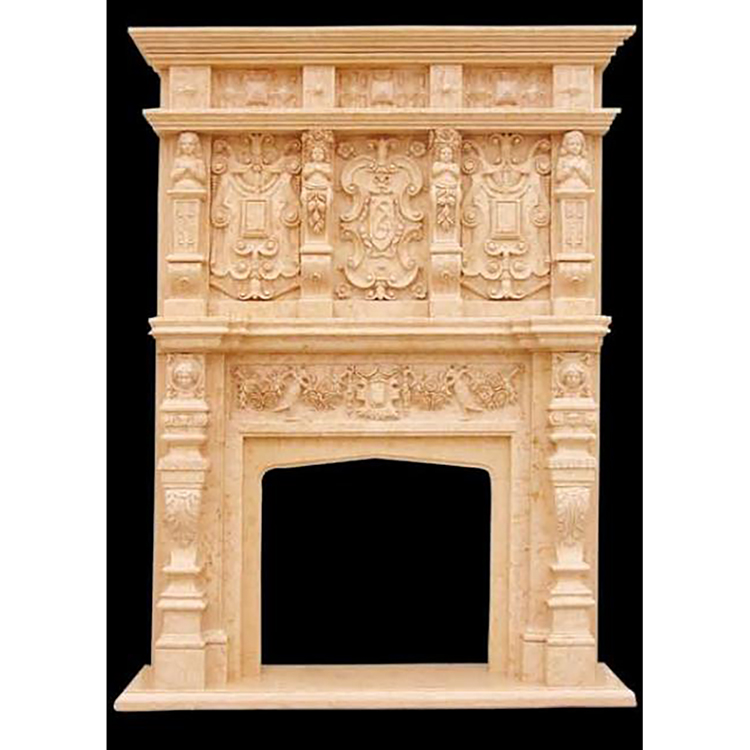
Antique large carved stone marble fireplace man...
-
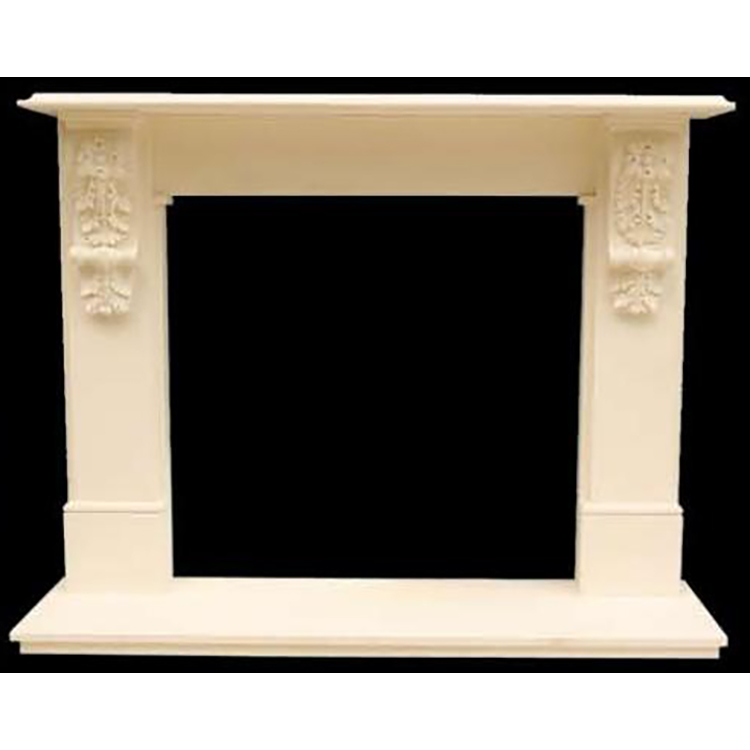
Classic natural stone mantel limestone fireplac...
-

Outdoor flowers plant carved large tall marble ...

